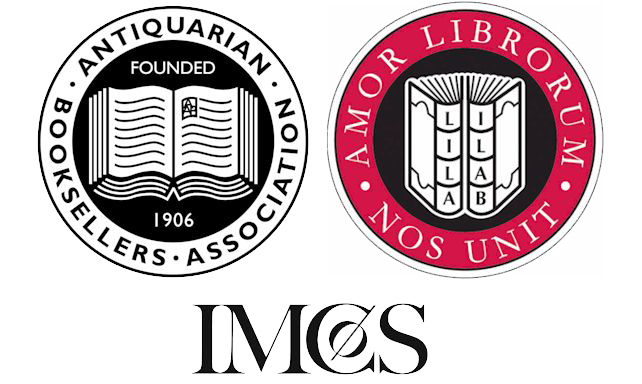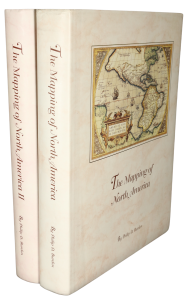Rare Maps and Prints
- World & Celestial
- North America
- West Indies, South & Central America
- British Isles
- British Isles
- English counties
- Large-scale
- Bedfordshire
- Berkshire
- Buckinghamshire
- Cambridgeshire
- Cheshire
- Cornwall
- Cumberland
- Derbyshire
- Devon
- Dorset
- Durham
- Essex
- Gloucestershire
- Hampshire
- Herefordshire
- Hertfordshire
- Huntingdonshire
- Islands
- Kent
- Lancashire
- Leicestershire
- Lincolnshire
- Middlesex
- Norfolk
- Northamptonshire
- Northumberland
- Nottinghamshire
- Oxfordshire
- Rutland
- Shropshire
- Somerset
- Staffordshire
- Suffolk
- Surrey
- Sussex
- Warwickshire
- Westmoreland
- Wiltshire
- Worcestershire
- Yorkshire
- Wales
- Scotland
- Ireland
- Western Europe
- Eastern Europe
- Middle East
- Africa
- Asia
- Australasia & Pacific
- Decorative Prints
- Title Pages
Mr. Philip D. Burden
P.O. Box 863,
Chalfont St. Giles, Bucks HP6 9HD,
UNITED KINGDOM
Tel: +44 (0) 1494 76 33 13
Email: enquiries@caburden.com
New Zealand is erroneously described as being discovered in 1684, rather than 1654 as he states on his map of the Pacific and his gores. An interesting note nearby records the antipodean location of Venice. The northern Pacific records the Dutch discovery of ‘Terre di Iesso’ in 1643. The map displays the Prime Meridian through ‘Isola del Ferro’. Concentric tables around the map offer equivalent distance tables, eclipse, and astronomical data. The signs of the zodiacs are also illustrated indicating this as the second state. The alteration here was undertaken upon publication. A dedication to Senator Andrea Marcello is accompanied by his coat of arms upper right. The map appeared in the first edition of the atlas in 1691. It was also included in the ‘Epitome Cosmografico’ in 1693 with the borders masked out. A second edition of the Atlante Veneto appeared in 1695-97.
Vincenzo Maria Coronelli (1650-1718) was a Franciscan Friar and the founder of the first Geographical Society. He was an active cartographer, cosmographer, globe maker, author, inventor and engineer, and teacher. Born in Ravenna in 1650, at the age of 15 he entered the Franciscan Order in which he would become Gran Generale in 1699. As he became more interested in cartography he developed an extensive correspondence network around Europe. In 1681 he famously went to Paris to produce two 4 metre diameter globes for Louis XIV which still survive to this day. In 1685 he was made Cosmographer to the Venetian Republic and began teaching geography founding the ‘Academia Cosmographica degli Argonauti’ in 1688, the world’s first geographical society. His style of engraving is very distinctive and decorative. Provenance: Richard B. Arkway Inc. 2000; Juan and Peggy Rada Collection. Burden (1999-2007) no. 677; Leighly (1972) no. 89; McLaughlin & Mayo (1995) no. 105; Shirley (1993) 548; Shirley (2004) T.Coro-7a no. 5; Suarez (2004); Wagner (1937) pp. 135-7 & no. 435.






